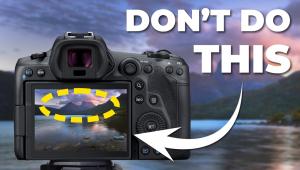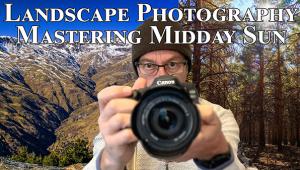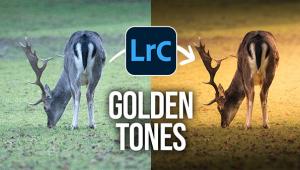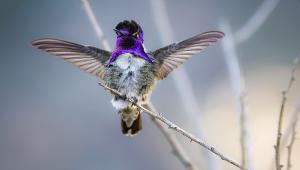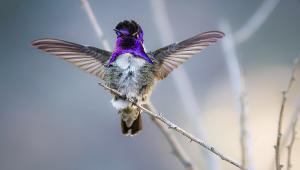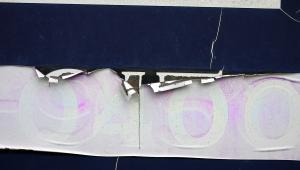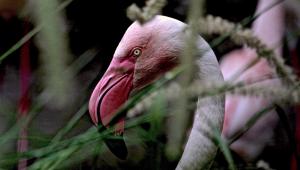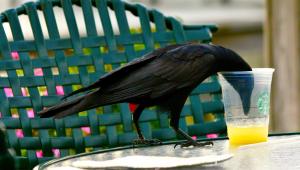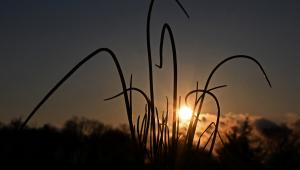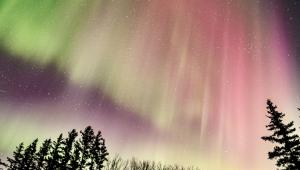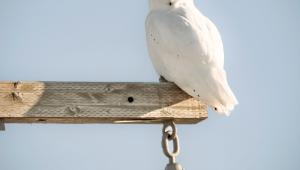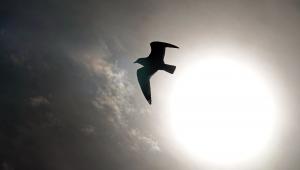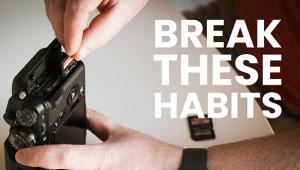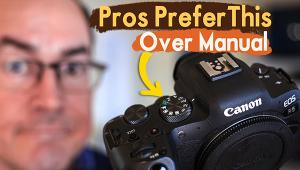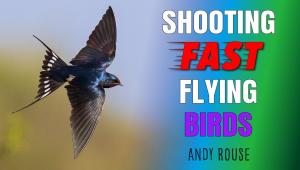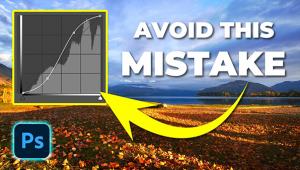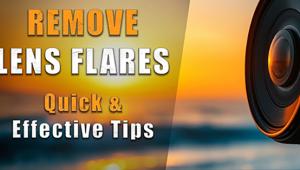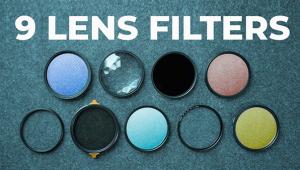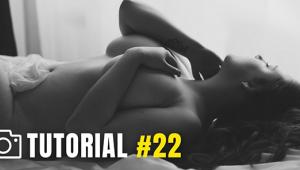Mastering Depth of Field in Macro Photography for Mind-Blowing Images (VIDEO

Understanding how to control depth of field (DOF) is essential for most forms of photography, and this technique can make the difference between a ho-hum image and one that makes viewers exclaim "Wow!" And nowhere is this more essential that when photographing macro subjects in the field—or even when shooting closeups of tiny inanimate objects at home.
That's because DOF plays a pivotal role in accentuating a key subject by separating it from other areas withing the frame. You'll learn how to unlock the secrets to this technique in today's comprehensive 21-minute guide—whether you're a beginner or a more experienced shooter.
Instructor Stewart Wood is an accomplished pro specializing in macro photography with a portfolio of mind-blowing images. He's also a popular instructor who regularly passes along the new techniques he learns so that you can take advantage of them too. His goal for this episode is to help you "perfect your macro shots and tell compelling visual stories by mastering the art of depth of field."

Wood coves plenty of ground in a hurry, so we recommend jotting down a few notes for future reference. He discusses a wide variety of topics, from essential gear, the impact of camera-to-subject distance, and powerful techniques like focus stacking and others.
The bottom line is that you'll learn how to manipulate aperture settings to isolate a subject and capture intricate details with stunning clarity. And, after all, that's what great macro photography is all about. Wood begins by explaining the concept of DOF, and how it pertains to this particular genre.
Wood spends a couple minutes discussing aperture settings and illustrates how different f/stops will dramatically impact your results. In this regard the concept of diffraction is a crucial one because, as you'll see, image quality tends to suffer as you stop a lens down beyond acceptable limits—typically f/5.6 or f/8. That's why it often makes sense to control exposure by modifying shutter speed and/or ISO.
The focal length of your lens also factors into the equation, as does the level of magnification it provides. The crop factor of a camera, if you're not using a full-frame model, is another important consideration. As far as composition is concerned, it's important to understand the impact that camera angle and camera-to-subject-distance have on your results.
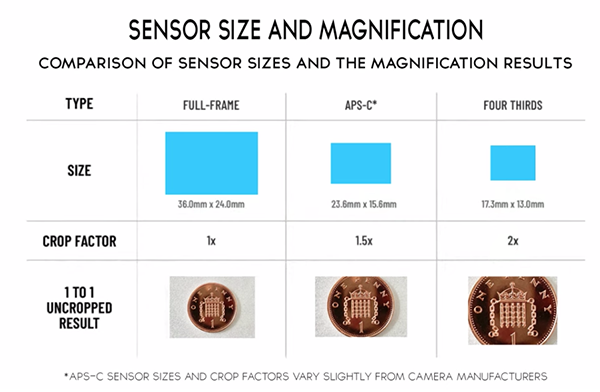
When it comes to editing your images there's a method known as focus stacking that can pay huge dividends, and you learn how this process works. Essentially this involves shooting multiple photographs of the same scene—each with a different point of focus—with the camera locked down on a tripod. Then you merge the shots during post processing to achieve one final image with ideal DOF exactly where you want it.
Wood concludes the lesson by explaining how to use everything you learned to become a much better visual storyteller. If this guide strikes your fancy be sure to visit Wood's instructional YouTube channel where you'll find other lessons that will elevate your macro photography skills.
- Log in or register to post comments







